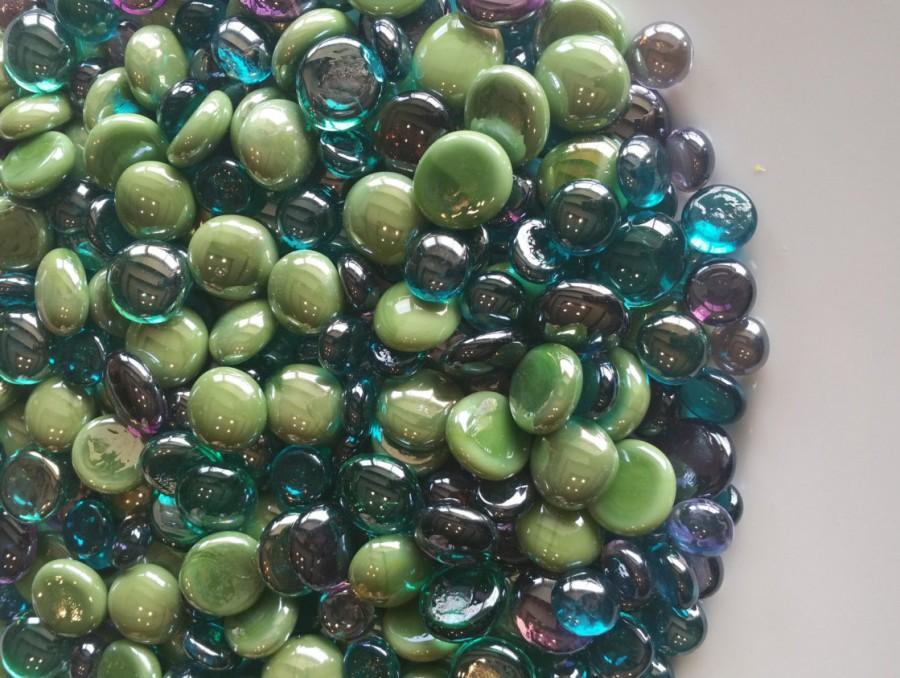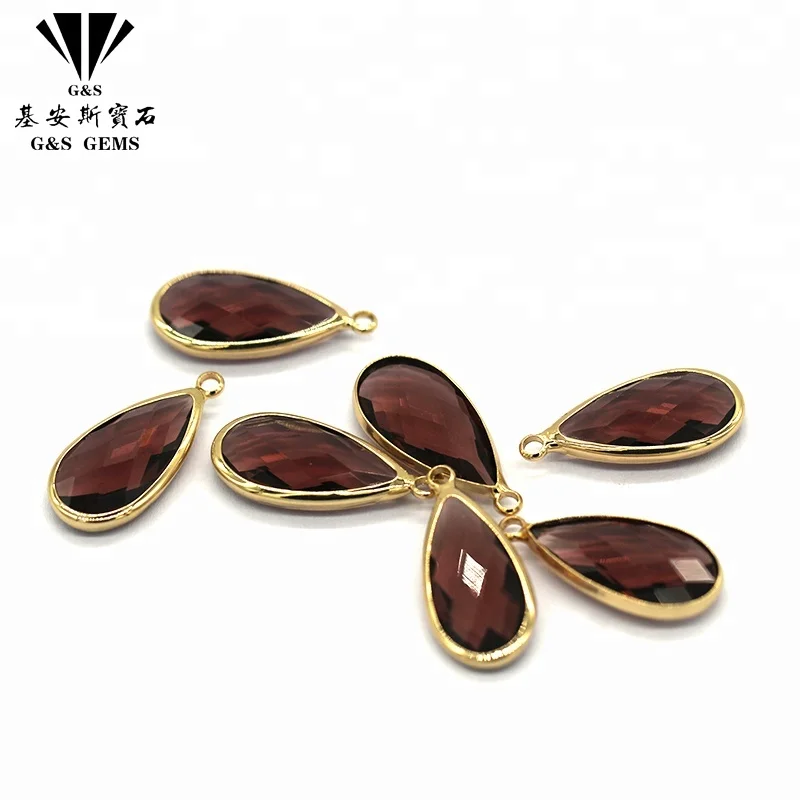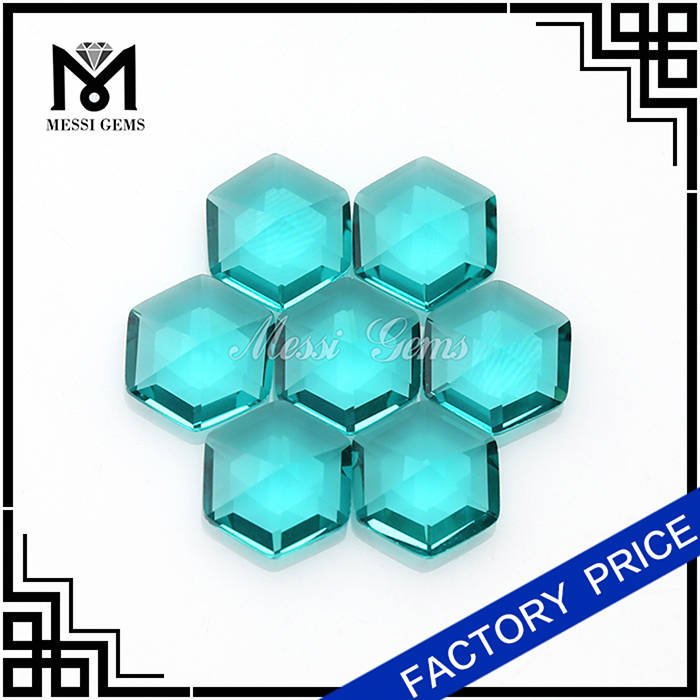
For example, both ruby and sapphire are found in Myanmar's Mogok Stone Tract, but the rubies form in marble, while the sapphire forms in granitic pegmatites or corundum syenites. : 431–707 Sapphire and rubies are often found in the same geographical settings, but they generally have different geological formations. Significant sapphire deposits are found in Australia, Afghanistan, Cambodia, Cameroon, China ( Shandong), Colombia, Ethiopia, India ( Kashmir), Kenya, Laos, Madagascar, Malawi, Mozambique, Myanmar ( Burma), Nigeria, Rwanda, Sri Lanka, Tanzania, Thailand, United States ( Montana) and Vietnam. A pinkish orange variety of sapphire is called padparadscha. Although blue is the best-known sapphire color, they occur in other colors, including gray and black, and also can be colorless. Sapphire is one of the two gem-varieties of corundum, the other being ruby (defined as corundum in a shade of red). Natural sapphires An uncut, rough yellow sapphire found at the Spokane Sapphire Mine near Helena, Montana A sapphire jubilee occurs after 65 years. Sapphire is the birthstone for September and the gem of the 45th anniversary. Because of the remarkable hardness of sapphires – 9 on the Mohs scale (the third hardest mineral, after diamond at 10 and moissanite at 9.5) – sapphires are also used in some non-ornamental applications, such as infrared optical components, high-durability windows, wristwatch crystals and movement bearings, and very thin electronic wafers, which are used as the insulating substrates of special-purpose solid-state electronics such as integrated circuits and GaN-based blue LEDs. They also may be created synthetically in laboratories for industrial or decorative purposes in large crystal boules. Commonly, natural sapphires are cut and polished into gemstones and worn in jewelry. Pink-colored corundum may be classified either as ruby or sapphire depending on locale. Red corundum stones also occur, but are called rubies rather than sapphires.

It is typically blue, but natural "fancy" sapphires also occur in yellow, purple, orange, and green colors "parti sapphires" show two or more colors. The name sapphire is derived via the Latin sapphirus from the Greek sappheiros ( σάπφειρος), which referred to lapis lazuli. Sapphire is a precious gemstone, a variety of the mineral corundum, consisting of aluminium oxide ( α- Al 2 O 3) with trace amounts of elements such as iron, titanium, cobalt, lead, chromium, vanadium, magnesium, boron, and silicon. Use the "Narrow Your Search" option on the left to filter through our glass gems.The 423- carat (85 g) blue Logan Sapphireīoth growth twins (in various orientations) and polysynthetic glide twinning on the rhombohedron [10 11Ĭoefficient of thermal expansion (5.0–6.6) ×10 −6/K Whether you’re buying as a reseller or a crafter, you’ll appreciate the premium quality and low wholesale prices offered exclusively at Wholesalers USA. Whatever your imagination conceives, these glass vase fillers can make your project unique and memorable. Fill a fountain, use them in aquariums, use as vase fillers, combine with our glass tiles and make a glass tile mosaic or create whimsical mosaic art.

These gems also make an impressive accessory when sprinkled atop reception tables at weddings. Imbed into a pillar candle to create truly chic tabletop décor or add to your favorite floral arrangement.

Create refrigerator magnets inspired from your imagination, or using your family pictures mounted on the back of large glass gems.

#GLASS GEMS BULK FULL#
Fill a vase 1/2 full with these glass vase gems to add flair to an elegant arrangement. Beautifully eye-catching, they bring a certain sophistication to whatever they are used with. No matter what you call them (vase fillers, vase gems, accent gems, flat glass marbles, glass globs, glass shapes, decorative fillers, or flat marbles) decorative glass gems by Gemnique are one of the most versatile pieces in any crafter’s kit.


 0 kommentar(er)
0 kommentar(er)
